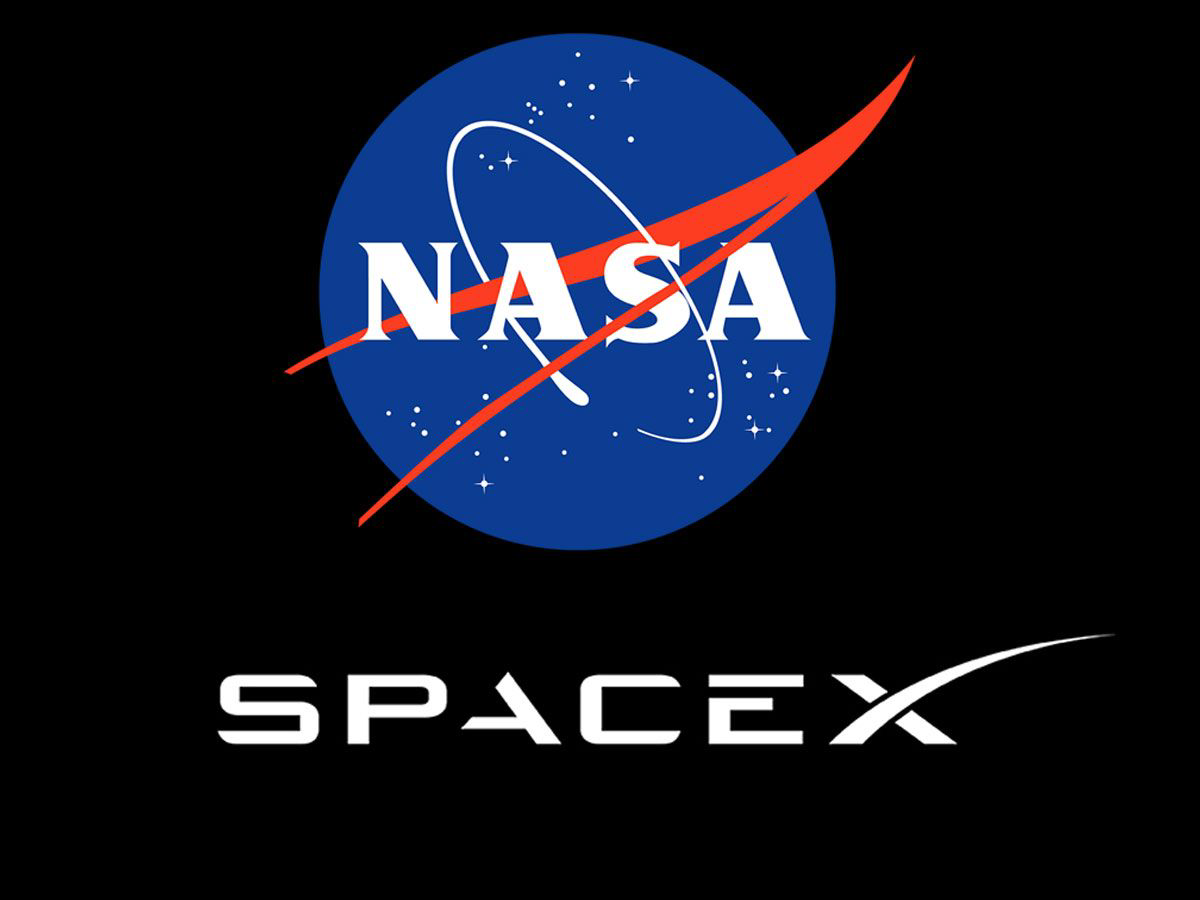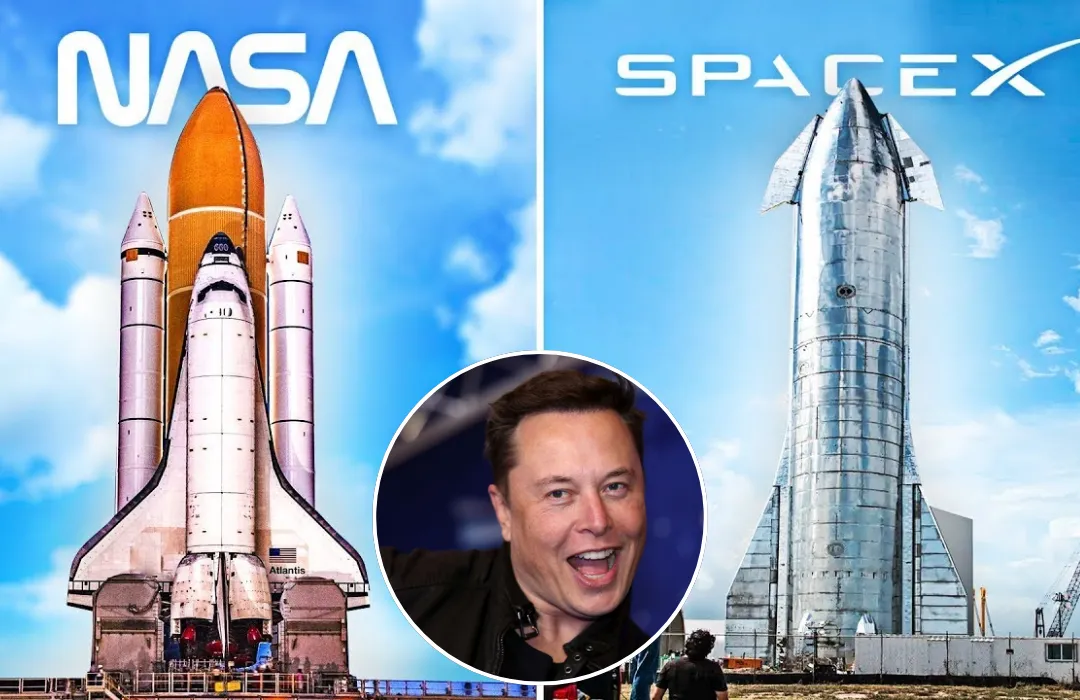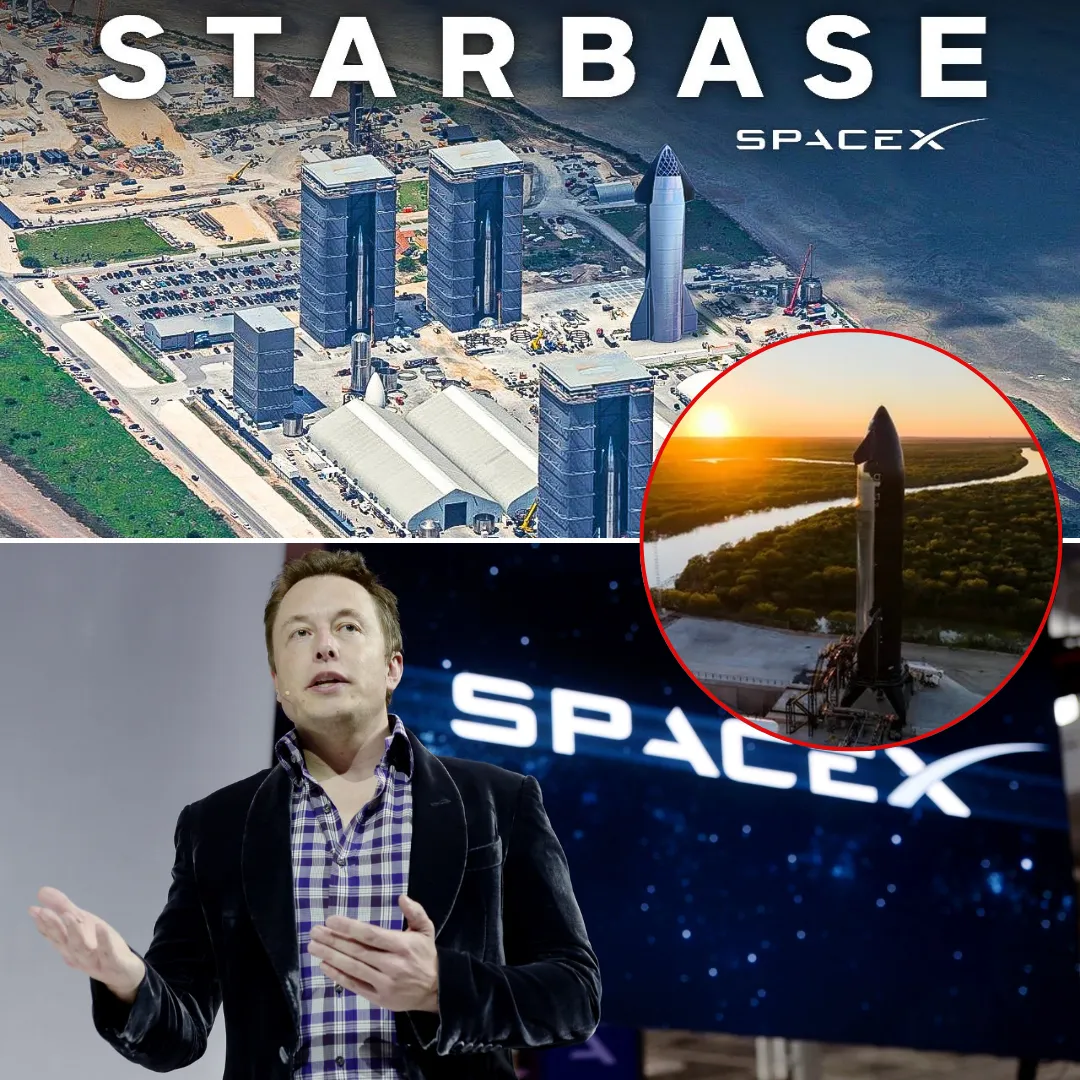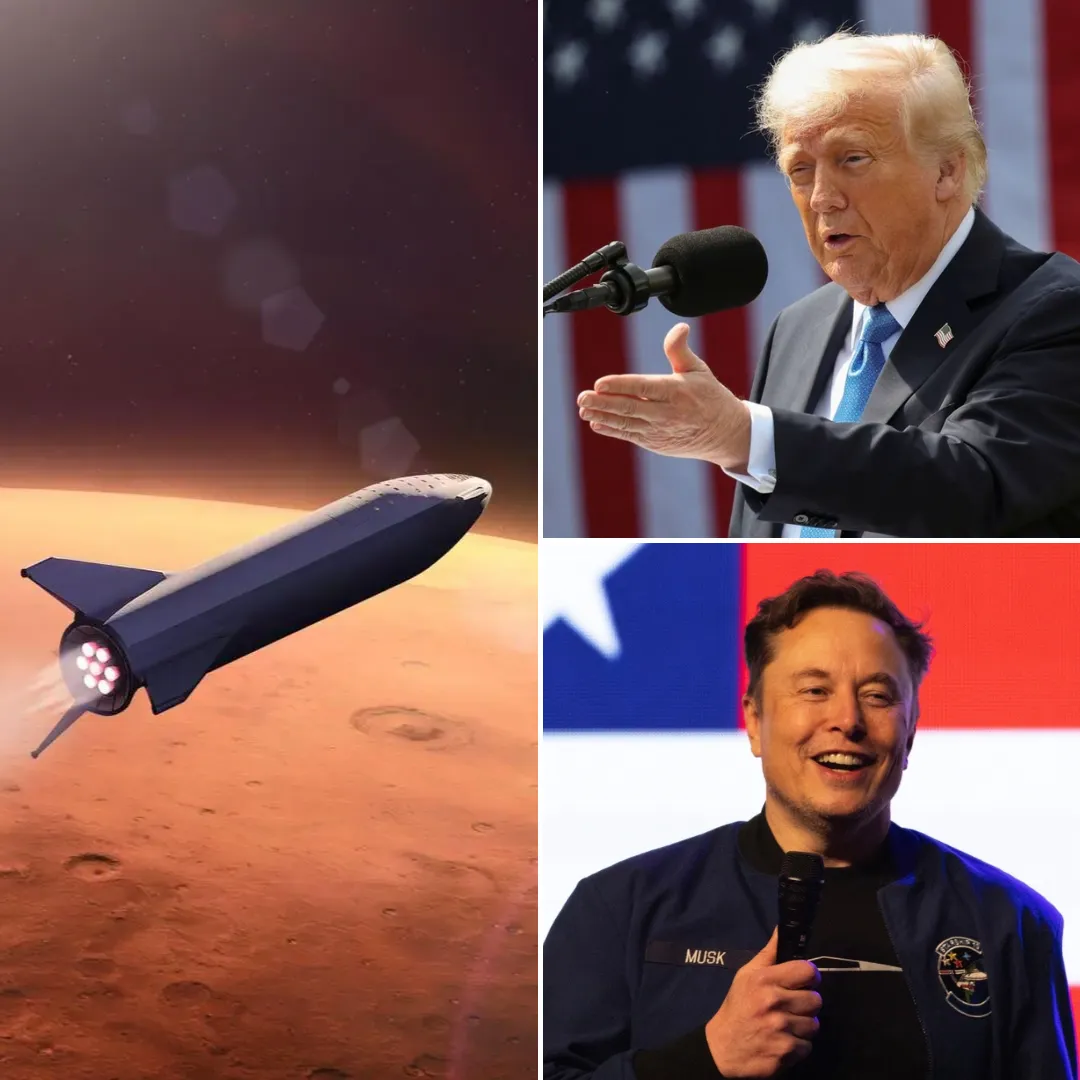Elon Musk’s SpaceX is rapidly solidifying its place as a powerhouse in the space exploration industry, with the company projected to reach an estimated $15.5 billion in revenue by the end of 2025.
This milestone will surpass NASA's budget by approximately $1.1 billion, marking a significant shift in the space industry where the private sector is beginning to rival government agencies in terms of financial capability.
Despite NASA’s continued leadership in deep-space exploration, SpaceX has already established its dominance in the commercial space market, with a particularly impressive focus on affordable satellite launches and the development of global communication infrastructure through its Starlink internet network.
Musk’s announcement, made through a post on social media platform X, highlighted not just SpaceX’s financial prowess but also the key factors contributing to its rapid rise.

Unlike NASA, which still carries the bulk of the budget for exploring distant space, SpaceX has tapped into new revenue streams that have propelled the company forward.
SpaceX's innovative technology, including the reusable Falcon 9 rocket, has allowed the company to drastically reduce costs and increase launch frequency, making it an attractive option for satellite companies, governments, and research agencies worldwide.
The strength of SpaceX lies in its ability to dramatically cut launch costs. By reusing rockets, SpaceX has slashed the price per launch, which in turn has allowed them to increase their market share globally.
This ability to launch rockets at a much higher frequency than traditional companies has made SpaceX a favorite among commercial customers. According to Musk, the company's commitment to reusing rockets is a fundamental part of its long-term strategy to make space exploration affordable and sustainable, bringing new opportunities to industries ranging from telecommunications to global internet access.

A significant portion of SpaceX’s revenue comes from its two main sources: satellite launch services and its Starlink network. The Starlink satellite internet service has become a key driver of the company's financial growth.
As of early 2024, Starlink boasts over 5 million users worldwide, doubling the number of users from just a year earlier. This explosive growth is indicative of the increasing demand for satellite internet, particularly in underserved and rural areas where traditional broadband infrastructure is limited.
Musk has consistently stated that Starlink could eventually be spun off into its own publicly traded entity, once the service becomes more financially stable. Although no specific timeline has been announced, this move could provide an additional revenue boost for SpaceX in the future.
Beyond the core businesses of satellite launches and Starlink, SpaceX is also continuing its groundbreaking work on the Starship program, which is central to Musk's vision of interplanetary travel.

Starship is designed to be a fully reusable spacecraft capable of transporting humans to Mars, making it a critical piece of Musk’s broader ambition of establishing a human presence on the Red Planet.
Each Starship launch currently costs around $100 million, but Musk has set a target to reduce that figure to just $10 million per launch, significantly lowering the cost of space travel and paving the way for more ambitious missions.
Despite SpaceX’s successes, the company faces challenges, particularly in the competitive landscape of space exploration. SpaceX is no longer the only player in this field. Rival companies such as Jeff Bezos’s Blue Origin and various international companies, especially in countries like China and South Korea, are rapidly advancing their own space programs.
These competitors are bringing new technologies and ideas to the table, making the market increasingly crowded and more competitive. However, despite the rise of these competitors, SpaceX’s current growth trajectory and technological edge continue to position it as the leader in commercial space exploration.
:max_bytes(150000):strip_icc()/GettyImages-2217127913-83ec86b9830149f5aa9e6d0daae98c89.jpg)
One of the more recent setbacks for SpaceX occurred during the ninth test flight of its Starship rocket. The rocket, which is designed to carry humans on long-duration missions to destinations like Mars, failed to perform as expected.
After more than 30 minutes in flight, the upper stage of the rocket encountered a fuel leak, causing a loss of control and ultimately resulting in the mission’s failure. The failure has raised concerns about the reliability of Starship, which has been billed as the centerpiece of SpaceX’s long-term plans for space exploration.
Despite this, Musk and his team remain undeterred, vowing to continue refining Starship and pushing toward its full operational potential. This test failure, while disappointing, is part of the iterative process that Musk believes is necessary for creating the robust space technology that will enable humanity to expand beyond Earth.
In terms of revenue generation, the majority of SpaceX’s income still comes from satellite launches. The company has completed 134 rocket launches in 2024 alone, the highest number of launches globally, and is aiming to increase that number to 170 by the end of the year.

The majority of these launches are for commercial clients, sending satellites into orbit, and for government agencies, including NASA. SpaceX’s ability to deliver reliable, cost-effective launch services has made it the preferred partner for satellite companies and national governments alike.
Despite the significant revenue generated from SpaceX’s satellite launches and Starlink, the company’s true profit driver lies in its heavy investment in Starship, which Musk believes is key to realizing his vision of making life multi-planetary.
Musk has long viewed the development of Starship as the most critical aspect of SpaceX’s future, and much of the company’s resources and profits are reinvested into the project.
The long-term potential of Starship is enormous, but the immediate costs of developing such advanced technology are substantial. Each Starship launch is expected to cost upwards of $100 million, but Musk’s goal to cut this cost by 90% could open the door for frequent, low-cost space travel.

Despite this ambitious vision, SpaceX is facing increasing pressure to deliver on its promises, especially with the increasing competition and the potential for regulatory challenges as space exploration becomes more crowded.
NASA and other space agencies have yet to fully embrace the private sector in space exploration, and SpaceX’s aggressive approach may eventually face pushback from government organizations that have traditionally led space missions.
However, SpaceX’s track record of cost-effective launches, coupled with its ability to create scalable, reusable technology, has made it a key player in shaping the future of space exploration.
The global demand for space-based technologies, such as satellite communication, earth observation, and internet services, is continuing to rise, and SpaceX is well-positioned to capitalize on this demand.

The company’s Starlink service is revolutionizing internet access, providing high-speed internet to underserved and remote areas around the world. This service has not only been a significant revenue stream for the company but also a way to bring new technologies to areas that were previously cut off from the digital economy.
In conclusion, SpaceX’s impressive revenue growth and market dominance, combined with its ambitious plans for the future, suggest that the company is poised to continue leading the commercial space industry.
Elon Musk’s ability to innovate and drive forward his vision for the future of space exploration has set SpaceX on a path to not only surpass NASA’s budget by $1.1 billion but also to establish private space exploration as a viable and sustainable industry.
While challenges remain, particularly with the competition from new players and the development of Starship, SpaceX’s trajectory shows no signs of slowing down. If anything, Musk’s bold predictions for the future of space exploration and the commercial space market are only beginning to unfold. As SpaceX moves forward, the company will likely continue to redefine what is possible in the world of space exploration, with Mars and beyond as its ultimate goal.





